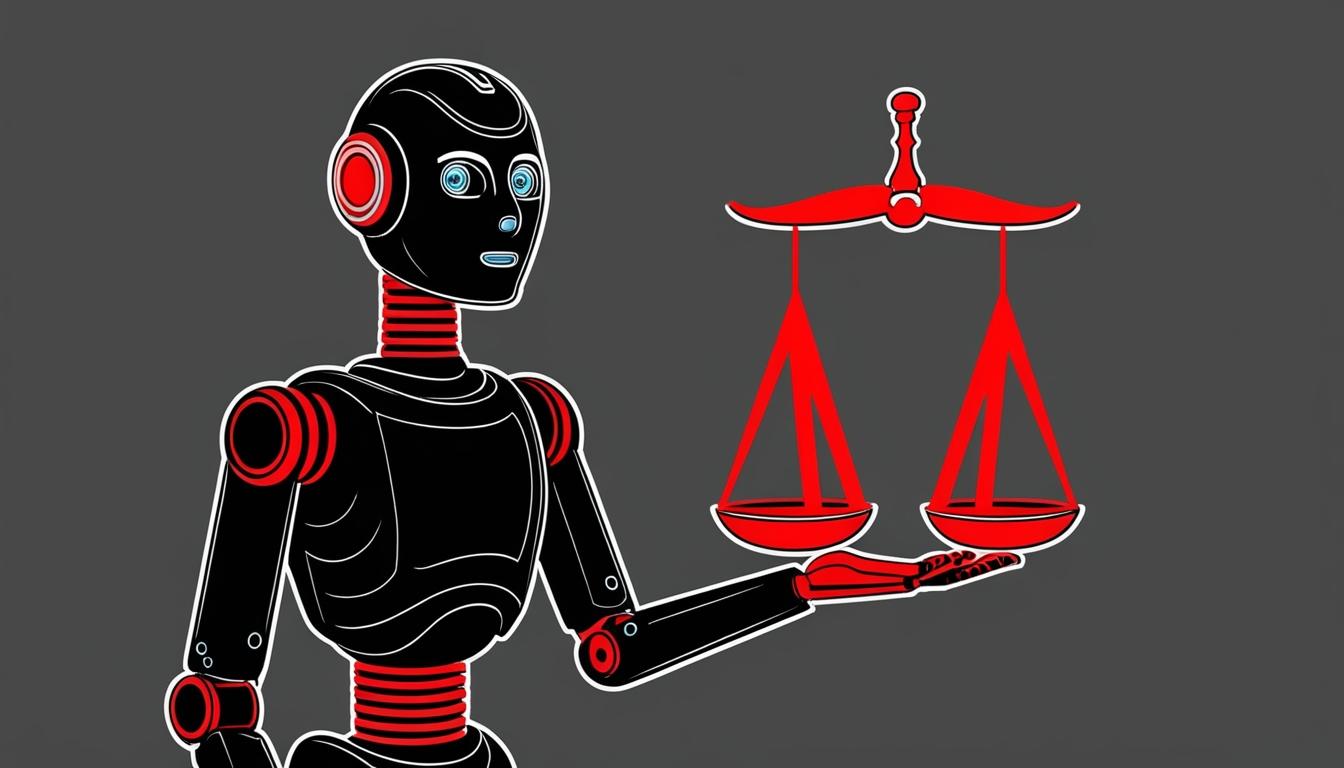As artificial intelligence (AI) continues to evolve rapidly, robots are becoming increasingly sophisticated, blurring the lines between tools and social partners. This transition not only sparks enthusiasm but also raises significant ethical and legal concerns that are now being addressed comprehensively in a forthcoming scholarly publication.
The Cambridge Handbook of the Law, Policy, and Regulation for Human-Robot Interaction is set to be published by Cambridge University Press on November 21, 2024, and will be available for online access in December 2024. The handbook presents an extensive analysis of the emerging legal and ethical challenges associated with the integration of AI and robotics into everyday life, compiled by editors Woodrow Barfield, Yueh-Hsuan Weng, and Ugo Pagallo, who are recognised experts in AI-related legal matters.
Yueh-Hsuan Weng, Associate Professor at the Institute for Advanced Study (IAS), Kyushu University, highlighted the importance of incorporating humanities into the development of AI. Speaking to Robotics & Automation News, he stated, “Tech professionals can create cutting-edge systems, but without input from legal and humanities perspectives, these systems may struggle to coexist with humans.” Weng expressed hope that the handbook would serve as a guiding resource for developers in ensuring AI systems provide societal benefits.
Comprising 46 chapters and divided into four distinct sections, the handbook begins by addressing the legal and ethical dilemmas posed by human-robot interactions, including discussions on trust in robots and the phenomenon of anthropomorphism, where robots are imbued with human-like emotions or intentions. This section establishes the context for understanding how such relationships develop in society.
The second section delves into the societal implications of human-robot relationships, raising critical questions regarding the potential for AI entities to attain legal personhood, and exploring the precautions necessary for their seamless integration into human life. This is particularly relevant as robots increasingly fulfil roles traditionally held by humans.
Addressing the third section, the publication investigates ethical, cultural, and value-based concerns in human-robot interaction. Weng pointed out a notable issue, termed the "AI pacing problem," which refers to the gap between the quick advancement of AI technologies and the slower regulatory responses. Current governance efforts vary widely, with some jurisdictions leaning toward stringent laws and others fostering flexible ethical guidelines.
Weng's chapter introduces the concept of establishing Global AI ethics standards coordinated by the Institute of Electrical and Electronics Engineers (IEEE). As chair of a related working group, he is compiling a catalogue of AI ethical cases to aid developers in navigating the complexities of responsible AI application.
The final part of the handbook discusses the evolving legal framework necessary to support the integration of AI technologies. It sheds light on how existing laws, including consumer and criminal law, may need to adapt to accommodate the unprecedented capabilities of intelligent systems.
The handbook features contributions from authors around the world, providing a rich tapestry of perspectives and global case studies that illuminate the intricate ethical dilemmas stemming from personal interactions with robots.
Weng suggested that as robots perform tasks resembling human behaviour, such as robot dogs engaging in dance, traditional ethical considerations may become outdated, potentially altering public perceptions. Moreover, there are concerns regarding older adults who may unwittingly form emotional attachments to robotic caregivers, highlighting the need for robust ethical guidelines in sensitive contexts.
Essential issues like the delivery of high-quality services in conjunction with safeguarding data privacy are underscored as urgent priorities requiring innovative regulatory approaches.
In summarizing the handbook's intent, Weng remarked, “As human-AI interactions become more common, I hope designers, manufacturers, and users of robots will engage with our book.” He asserted the need for responsible innovation in AI and robotics, a feat that demands collaborative contributions from various sectors of society.
Source: Noah Wire Services
